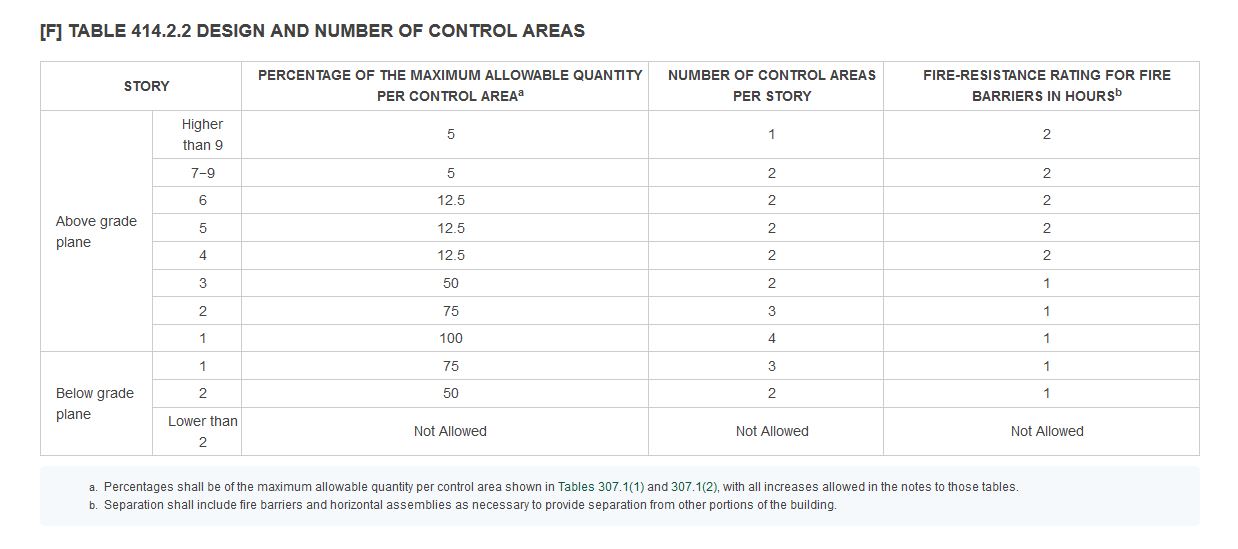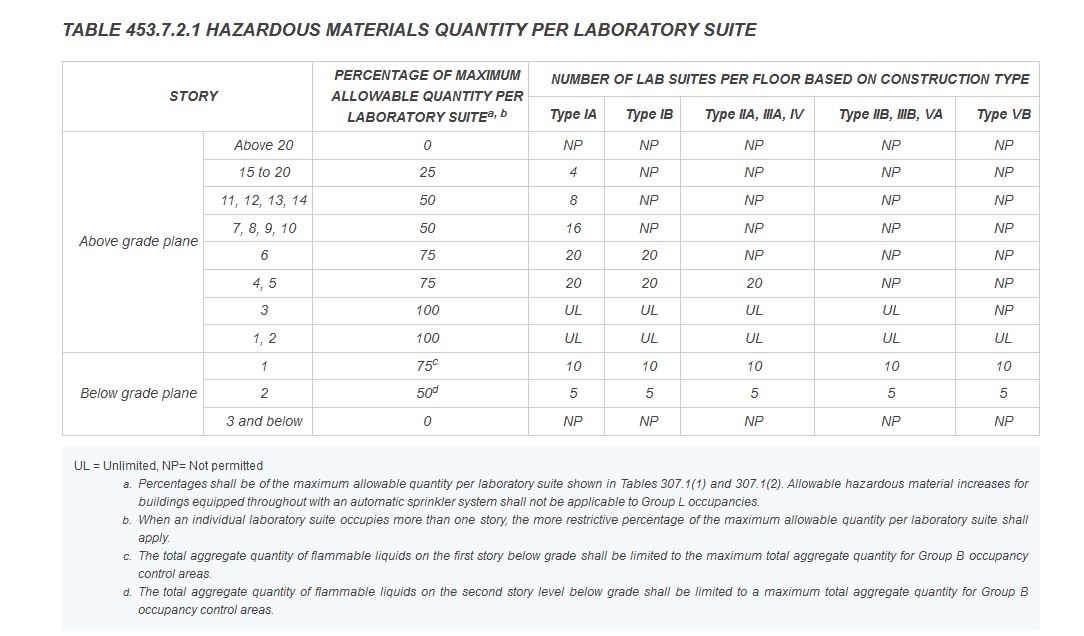Safety and Loss Prevention
Occupancy Type
Occupancy classification refers to the formal designation of the primary purpose of the building, structure or portion thereof. These classifications are based on the nature of the hazards and risks to building occupants generally associated with the intended purpose of the building or structure.
Occupancy Classifications in California include:
- Assembly: Group A (examples: lecture hall, concert hall, library, stadium)
- Business: Group B (examples: office, laboratory, professional services)
- Organized Camps: Group C (organized camp)
- Educational: Group E (examples: school or space used for educational purposes through 12th grade)
- Factory and Industrial: Group F (examples: metal or wood shop, photographic film development studio)
- High Hazard: Group H (examples: chemical storage room, flammable liquid dispensing room, semiconductor fabrication room)
- Institutional: Group I (hospital, jail, nursing home)
- Laboratory: Group B (unless Group L or Group H) (examples: lab constructed as Group B)
- Laboratory: Group L (examples: lab constructed as Group L)
- Mercantile: Group M (examples: market, retail store)
- Residential: Group R (examples: dorm, apartment, hotel, residential care facility)
- Storage: Group S (examples: warehouse, parking garage)
- Utility and Miscellaneous: Group U (examples: greenhouse, barn, agricultural building)
All of the above occupancy classifications are present across UC Campuses and Health Centers.
There are different MAQ requirements depending on the type of occupancy. For example, Group H occupancies are constructed to account for certain types of hazardous materials and can therefore safely store very high quantities of those chemicals. Group M and S occupancies, when certain storage and packaging requirements are met, can store larger quantities of hazardous materials. Group B laboratories can be more restrictive than Group L laboratories, particularly on higher floor levels. See example below of MAQ percentage per floor for Group B control areas (Table 414.2.2) vs. Group L laboratory suites (Table 453.7.2.1) (per California Building Code):
For detailed definitions of occupancies, see Chapters 3 and 4 of the California Building Code. Keep in mind that occupancy classifications have changed over the years and older buildings may have different occupancy types that are not reflected in the current California Building Code.


